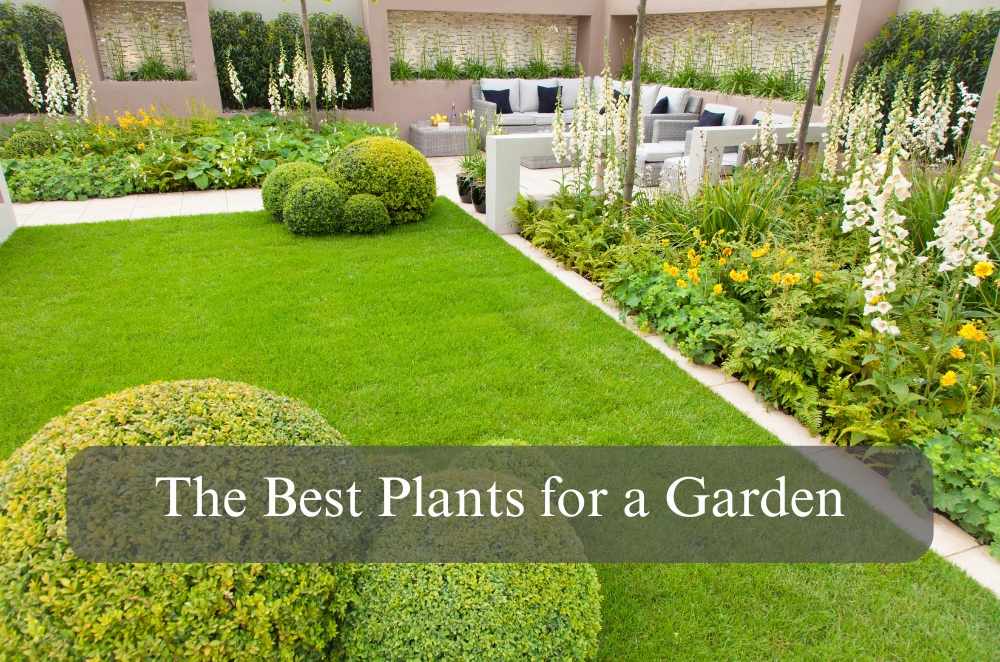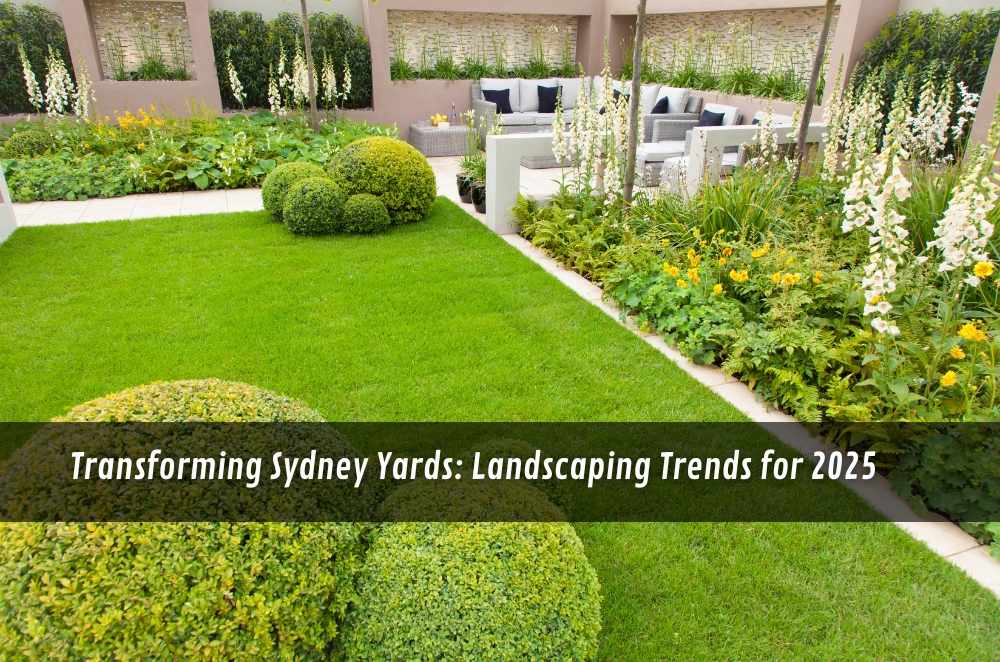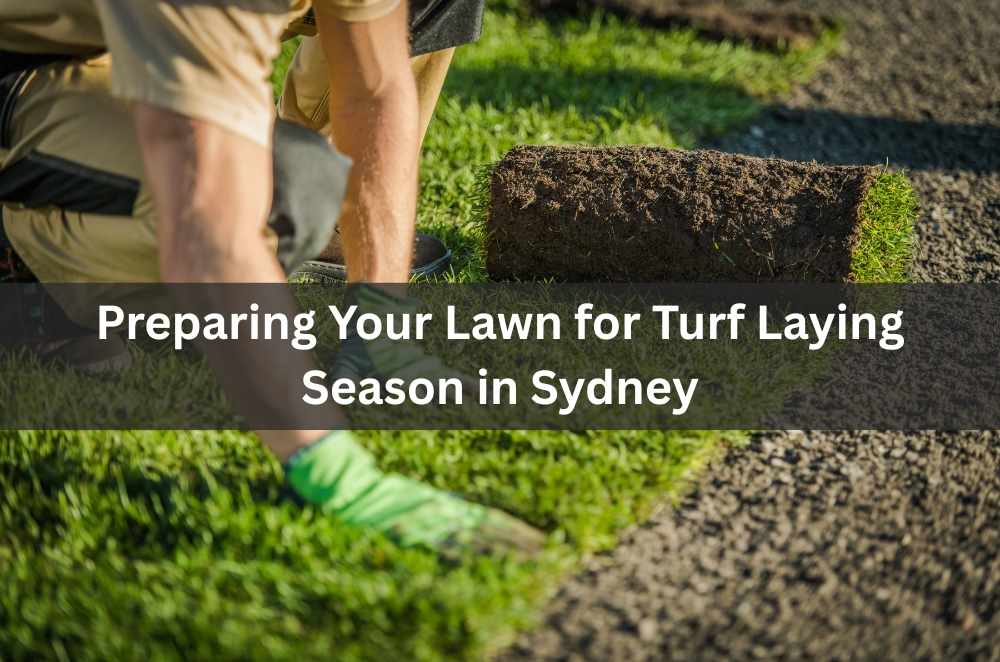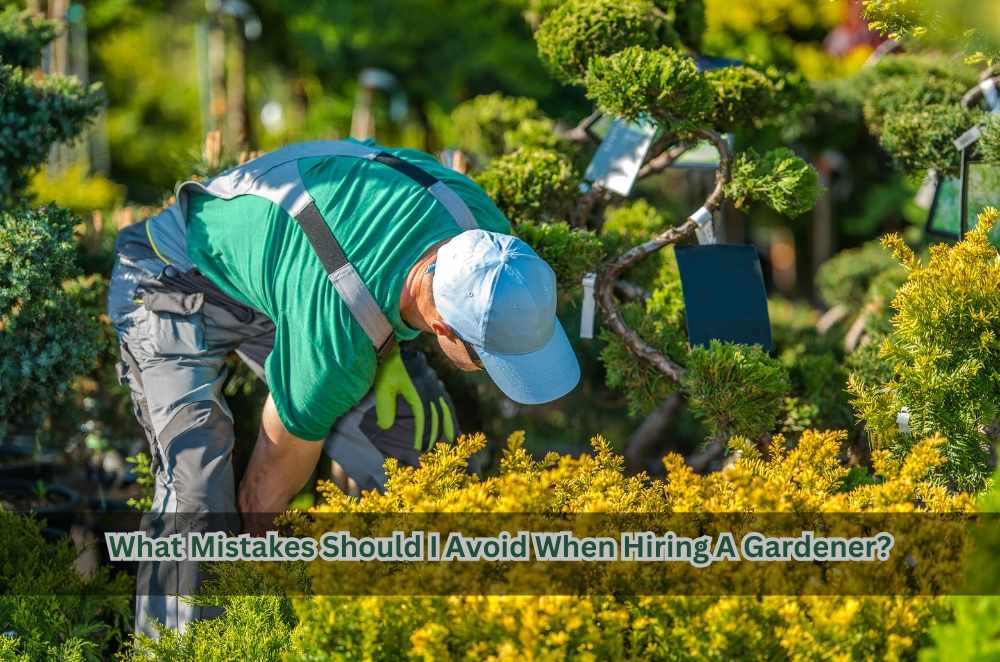
Not every patch of green ends up as a garden. There’s always that spot in the yard where the hose never quite reaches, or a corner that stays soggy after a decent bit of rain. Choosing the best plants? Well, it’s rarely just about picking what looks good at the shop. You start off with ideas—maybe a space for breakfast in the sun, somewhere the kids can dig, or just less mowing on a Saturday. Funny thing, though: what actually works is so often about the small stuff. Sunlight, shade, the clay that clings to your boots. More than once, I’ve planted out a bed only to watch half the things struggle and fade. You learn as you go. Sometimes, having help from experienced landscape contractors makes the whole job less guesswork, especially if you’re not keen to start over when things flop.
Understanding your site before choosing plants
You’d think a backyard is just a backyard, but there’s always some quirk. Maybe the fence throws shade all winter, or the soil turns to dust at the first sign of heat. Before anything goes on the ground, you’ve got to know what you’re working with.
Sit outside for a bit and notice where the sun hits different spots through the day
Scoop up some soil—sticky as clay, or gritty, or just plain sandy?
Watch how the water runs, or doesn’t, when it finally rains
It feels like overthinking, standing around, poking at dirt and squinting at shadows. But that bit of patience saves you from lugging home a tray of plants that never stood a chance. Got that T-shirt already.
The value of professional help when selecting plants
Honestly, you can read a dozen books or binge every gardening show and still find yourself stuck, staring at an empty patch, wondering what to plant next. Sometimes it pays to get another set of eyes on things.
A professional gardener sees the stuff you miss—maybe that spot’s a frost pocket, or there’s a drainage problem brewing
Saves time and usually some cash by skipping the “try and fail” method
Even if you only chat once, it can set you up with a plan that actually works
Doesn’t mean you’re giving up the fun. It’s just having a bit of guidance, someone who’s made all the mistakes before, and can steer you clear of a few.
Safety and sustainability in planting choices
Most people pick plants for colour or because they’re on special at the nursery. But you end up thinking more about safety after a few mishaps. Maybe the dog’s eaten something it shouldn’t, or a spiky bush left someone with a nasty scratch.
Try to steer clear of plants that could be toxic if there are kids or pets around
Some quick growers seem fine at first, then turn the yard into a jungle in no time
Thirsty plants together, tough ones off to the sides where you forget to water—just makes sense
You want the garden to be a safe, easy place to hang out. No drama. Turns out a bit of planning for agriculture safety helps just as much at home as on any big property. Also, less mess to clean up later.
Matching plant choices to your style and climate
Some gardens just look like they belong. Others—well, you can tell when the plants are fighting the weather. That’s usually down to picking what you like, not what will last.
Native plants usually settle in with a lot less fuss than the exotics
If you’re in a spot that dries out, drought-tolerant types can be a lifesaver (and you’ll thank yourself come January)
Mixing shapes, colours, even a few things that flower at odd times keeps the garden interesting, no matter the month
It’s tempting to chase what looks good on TV or in the neighbour’s yard. But finding plants that are happy where you live makes gardening a whole lot easier—and honestly, you get to spend more time enjoying the place instead of fixing it.
How landscape design ties everything together
It’s never just about plants. Paths that wander a little, a bench tucked under a tree, even an old brick edging—it all helps pull things together. Sometimes you realise the best bit of the garden is where you didn’t plan much at all.
Breaking up space with a few curves or changes in height makes the whole place feel bigger
A handful of well-placed evergreens gives you something to look at even when nothing’s blooming
Lining up the practical bits—like raised beds or a compost bin—so they’re easy to get to just makes daily life smoother
Truth is, understanding how landscape design boosts home value might sound fancy, but it’s mostly about putting things in places that suit how you use the garden. Walk around, see what feels right. Change it up if it doesn’t.
Creating a thriving garden for the long term
The best gardens never really stay the same. A few plants will fail, others will surprise you by growing into their own. The soil gets better, the shady spots shift, and every year brings a new batch of wins and mistakes. That’s what makes it feel alive—not just the plants, but all the time you’ve spent out there, tweaking and replanting. If you’re lucky, you’ll end up with a place that fits you as well as any room in the house. And, maybe, a few lessons you’ll pass on next time someone asks which plant is “best.” Funny thing, there’s never just one right answer.









Write a comment ...